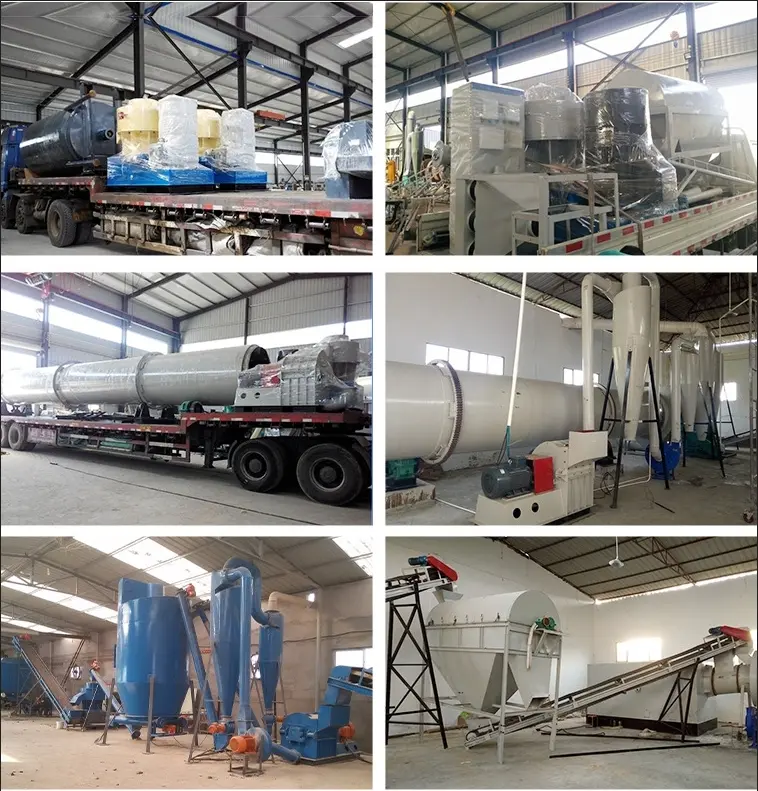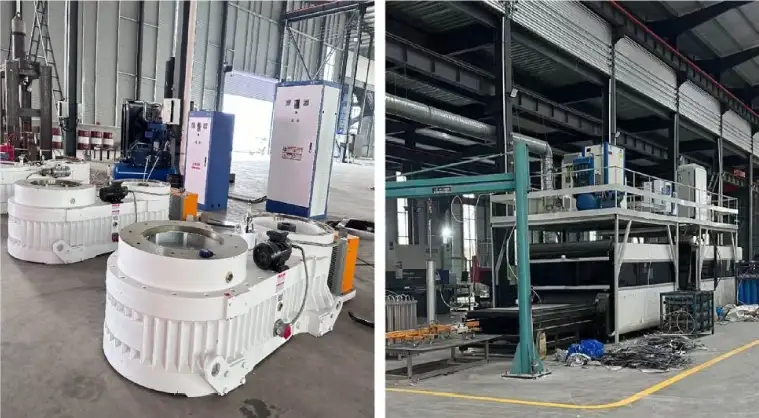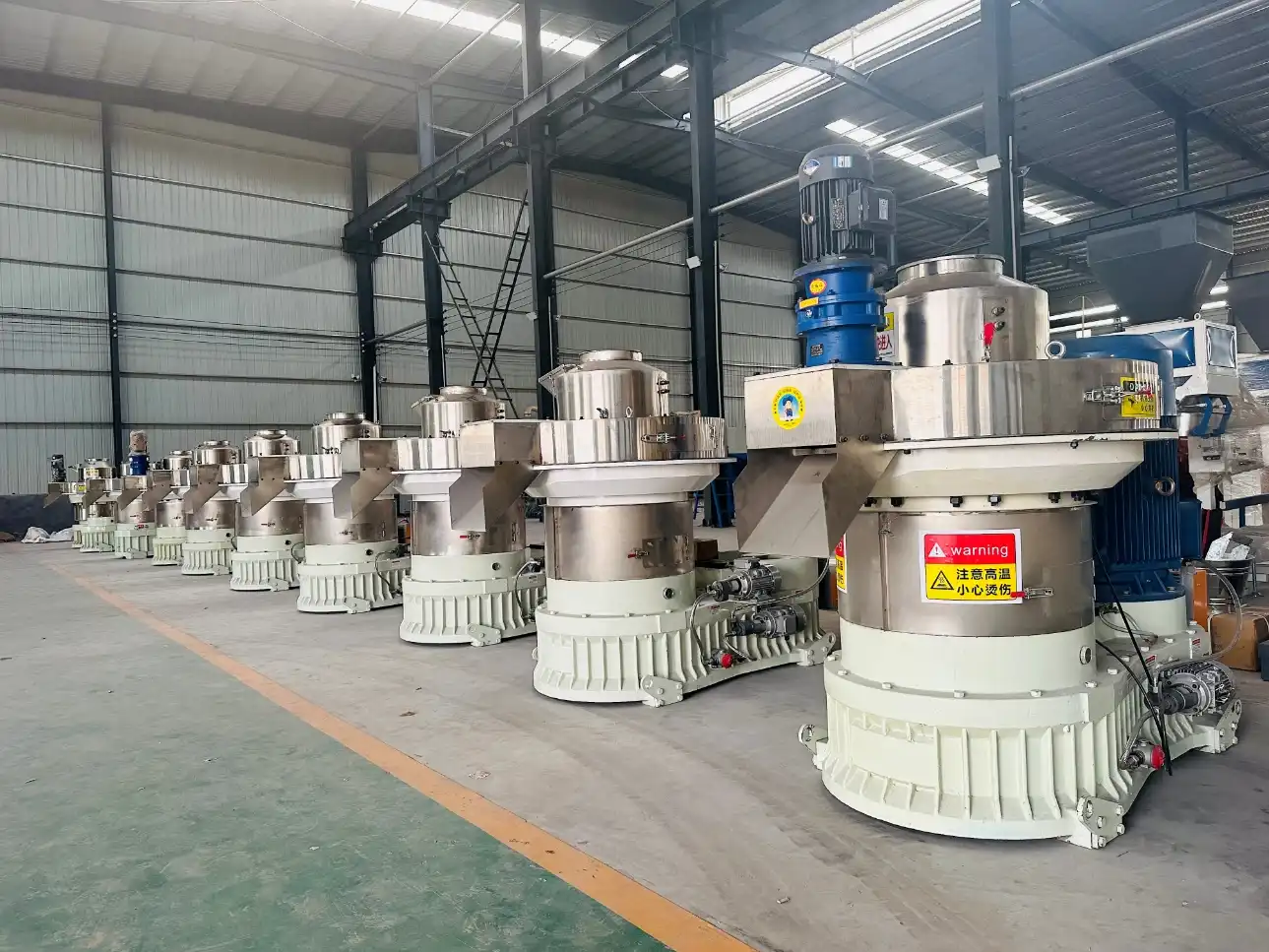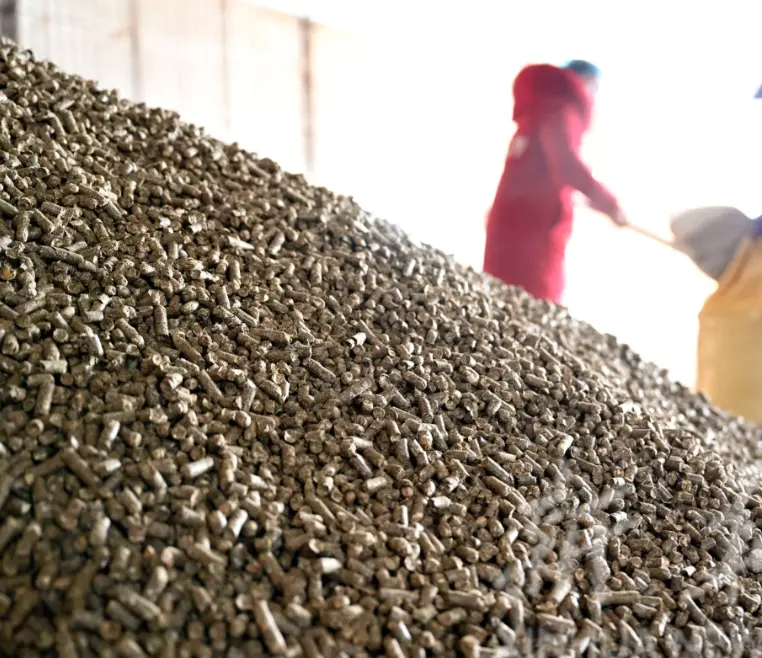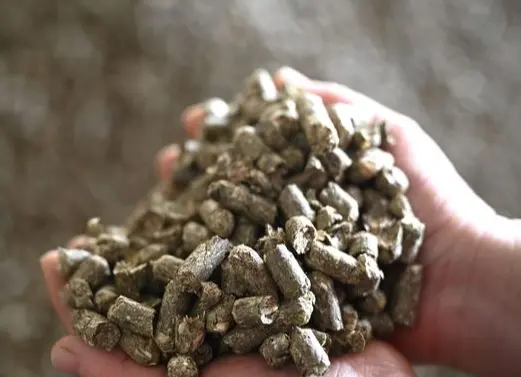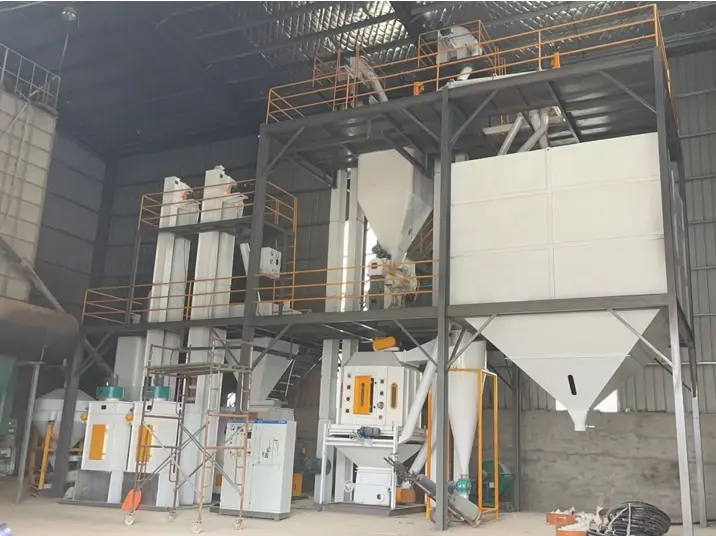
US. Residential Heating Pellets.Residential heating in the US relies on various sources like coal, natural gas, wood, and solar energy. However, considering factors such as economy, environment, and sustainability, wood pellets emerge as a favorable choice.
Wood pellets, initially used in industries, gained popularity for residential heating due to their EPA endorsement, being among the cleanest and most renewable energy sources. Their benefits include cleanliness, renewability, sustainability, and independence in usage.
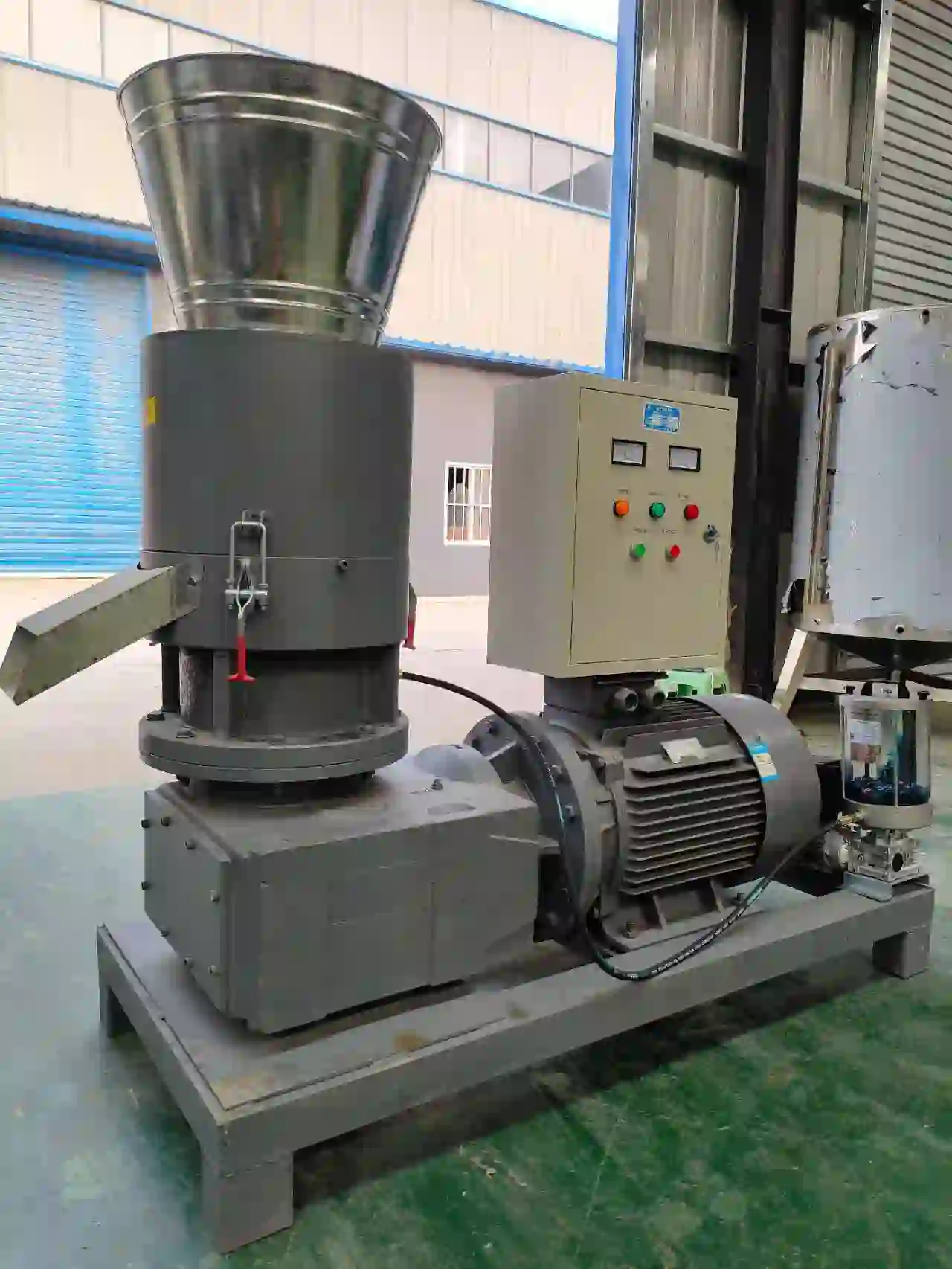
US Energy Information Administration projects biomass to surpass petroleum for home heating by 2020, with wood accounting for a significant portion. This indicates a growing preference for wood pellets as a residential heating source, promoting a more environmentally friendly and cost-effective approach.
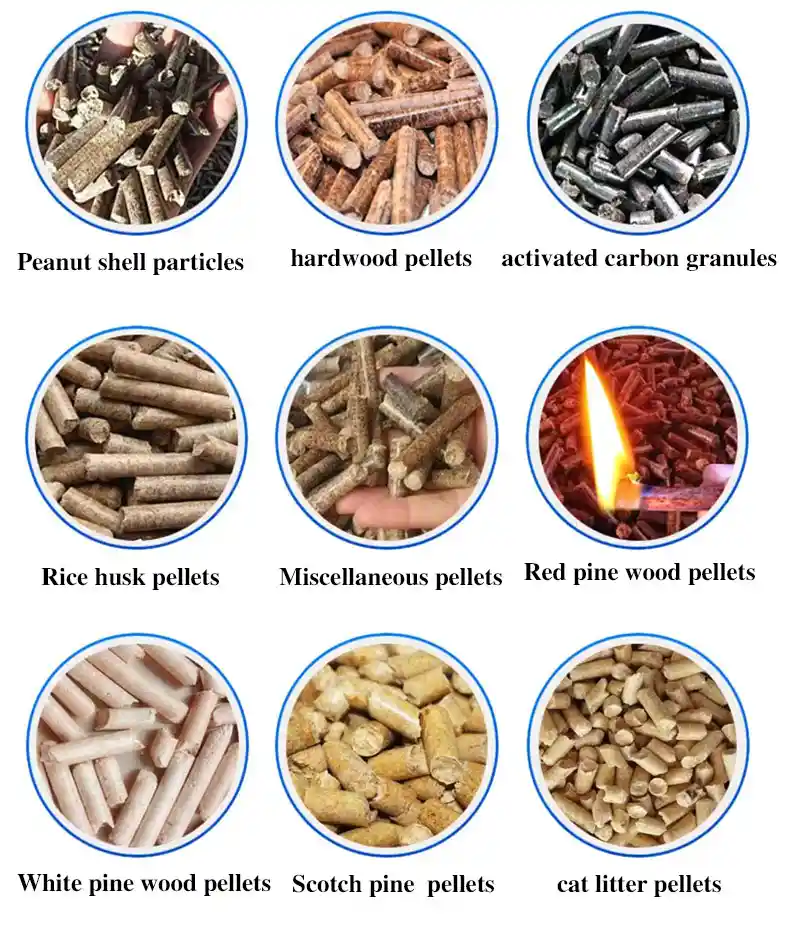
Wood pellets predominantly serve US households via pellet stoves, unlike China where they’re utilized in coal-fired power plants. This shift not only benefits the environment but also proves economical for residents. Encouraging incentives can further drive households towards choosing pellets for home heating.
Pellet fuel appliances offer easier operation, higher combustion efficiency, and reduced air pollution compared to conventional wood stoves or fireplaces. The complete system includes delivery via a silo tanker to a storage room, feeding pellets to a pellet boiler, and utilizing buffer storage for enhanced efficiency and reduced emissions.

In the US, abundant biomass resources can be utilized to create pellet fuel. These resources span agricultural residues, energy crops, forests, and waste materials like household garbage, manure, and vegetative waste.
The distribution of biomass residues in the US varies across regions, with the Midwest rich in agricultural residues, the Eastern region abundant in wood residues, and the Northwest and Southeast possessing a mix of both agricultural and wood wastes.
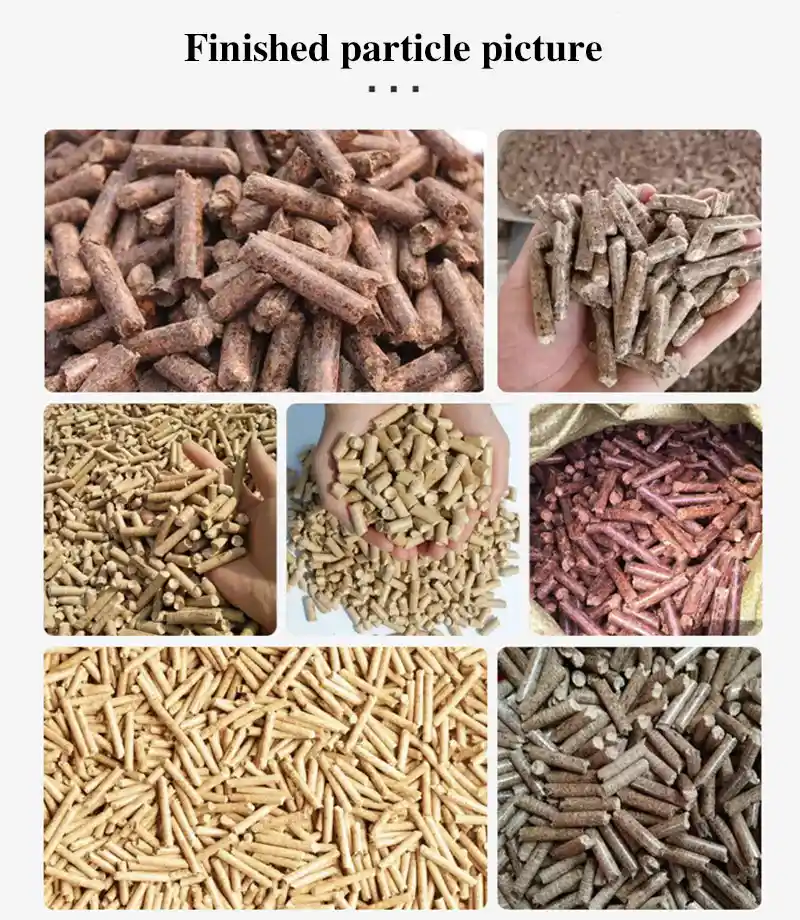
Establishing pellet plants near biomass sources and larger consumers optimizes transportation and distribution. Commercial enterprises, institutions, and individuals can benefit from these pellets, either by setting up their small-scale production or by sourcing them from dealers.
Entrepreneurial opportunities exist for farmers or small-scale industries to produce their pellets from available biomass residues, promoting self-sufficiency and resource utilization. Plants or refineries with excess biomass can also venture into pellet production, contributing to a more sustainable energy ecosystem in the US.
In conclusion, maximizing the use of available biomass residues in the US requires strategic establishment of pellet plants, incentivizing consumption, and fostering self-sufficiency among potential producers.

